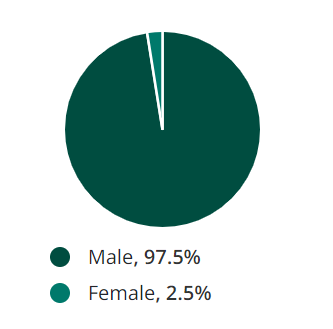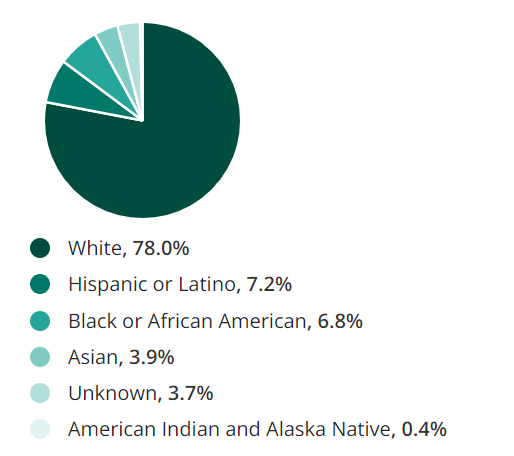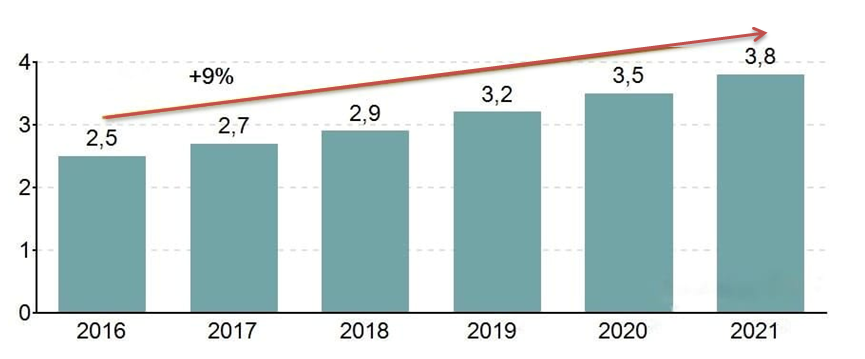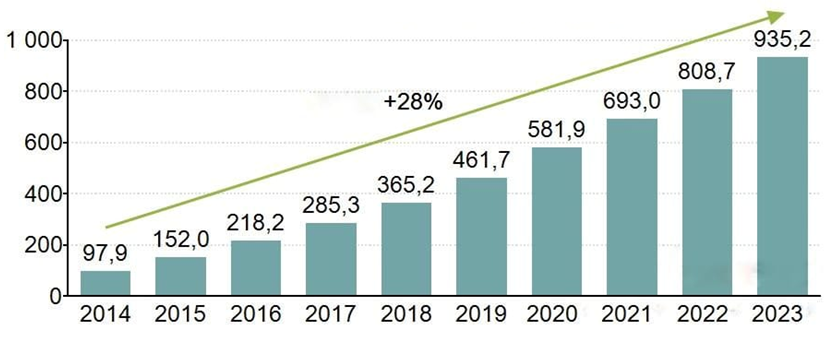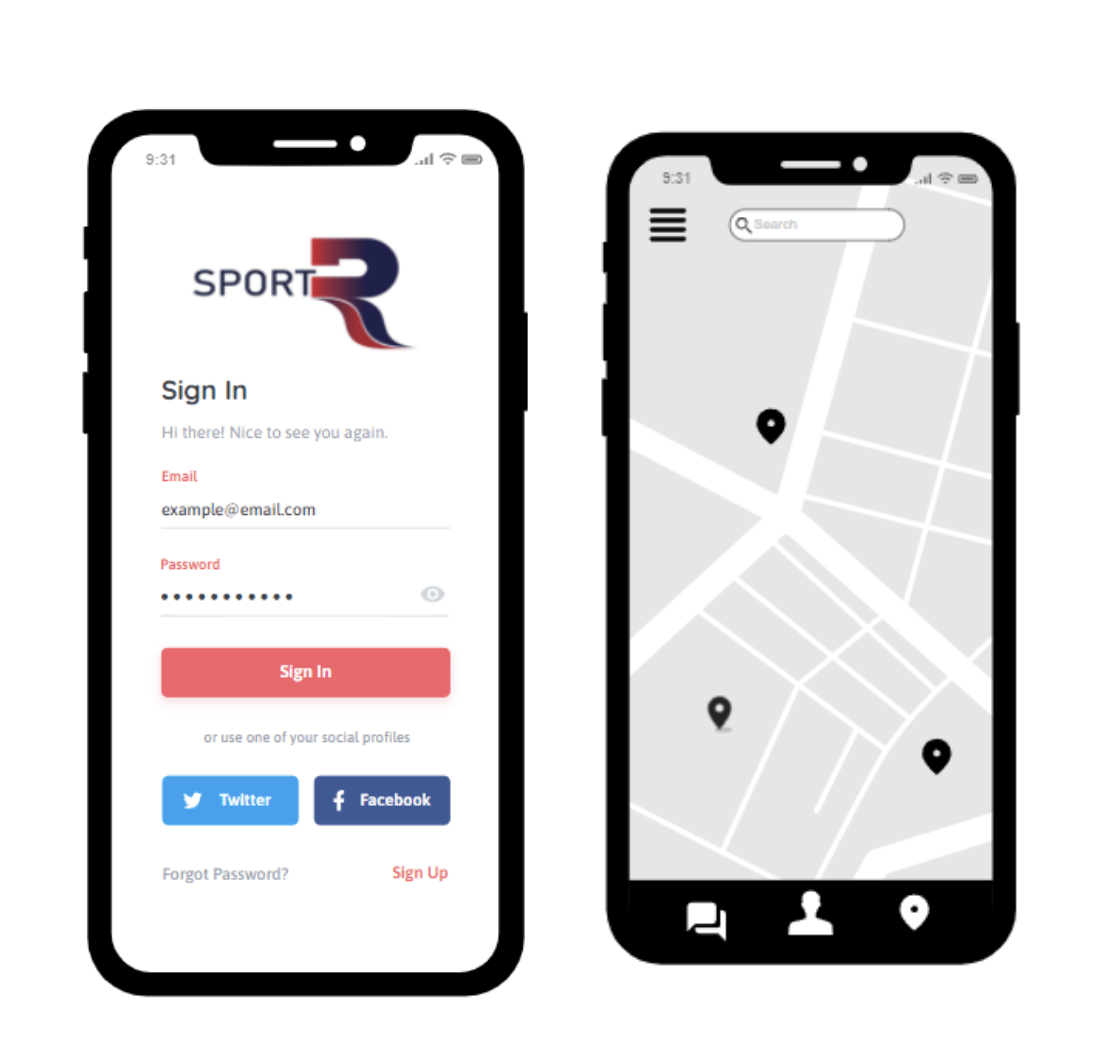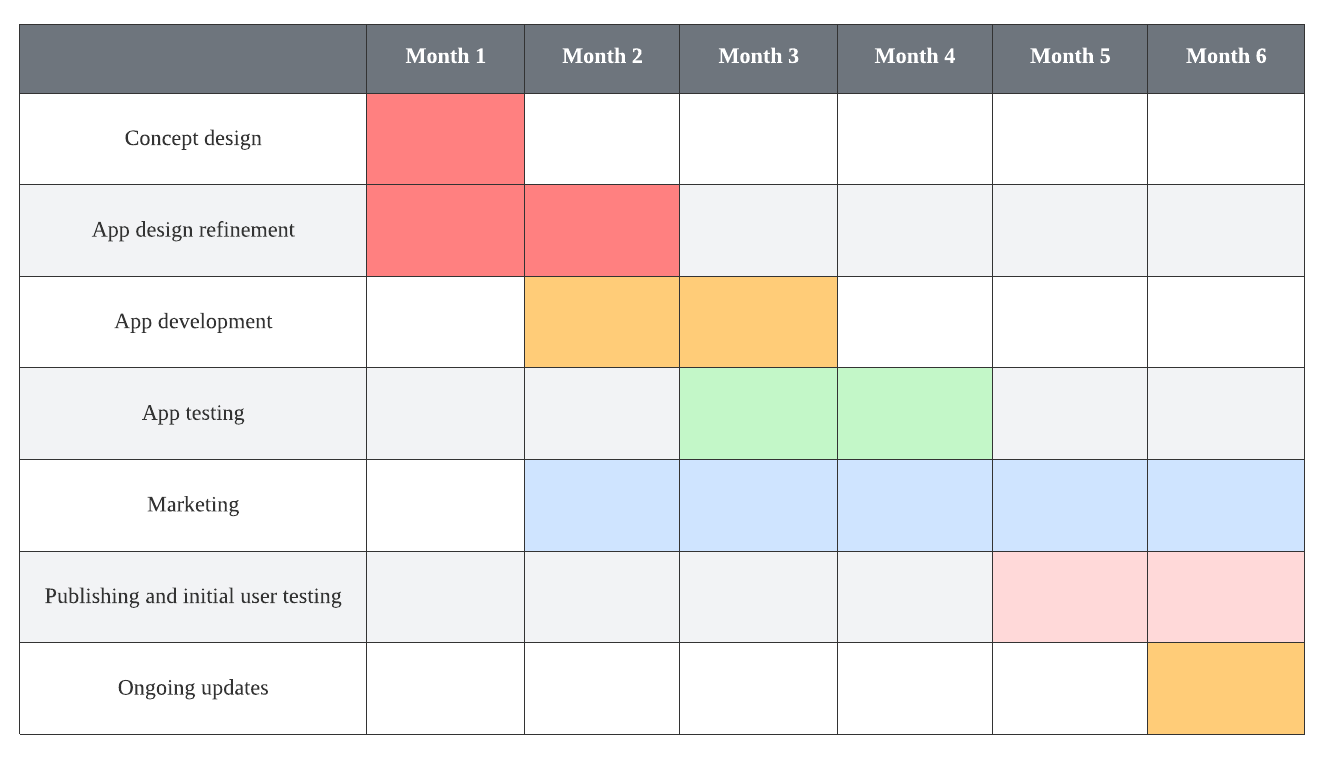Introduction
The application SportR is designed to help football players to join games happening near them. The market is a cross between smartphone users and people interested in playing football. The demographics of football players are shown in Appendices A, B, and C (Football player demographics, 2022). The target market is young adult to adult white males with an interest in the sport and who live in areas covered by the app’s maps. Existing global trends described by Pitts and Zhang (2020) are presented in Appendix D and Appendix E. They demonstrate the growing use of smartphones, supporting the audience’s potential interest in the app.
Competitive Advantages
SportR has several significant competitive advantages. Users get a service and unique data that they cannot get through any other communication channel. The mobile application will work stably, and access to it is available at any time of the day. SportR has an intuitive interface and is easy to use (Appendices F, G, H). The application has real-time technical support for any questions that arise. A key advantage of SportR is the continuous improvement of the application by changing market demands and customer needs. Competitive advantages will be promoted through the well-coordinated interaction of employees and control of all processes by management.
Operational Plan Process
The process for developing the app and supporting it after publication is described in Appendix I. The overall timeframe will range from 6 to 10 months from concept to publishing. Postlaunch updates will be delivered based on bug reports and feedback in two-week or one-month intervals. All steps of the operational plan are described below in stages of pre- and postlaunch, including advertising, resources, hiring, and customer support.
Pre-Launch
Tools such as contextual advertising, YouTube targeting, and advertising on the App Store, Google Play, social networks, and thematic sites will be used for marketing. A vital step in registering a company in any industry is choosing its form. Daccache. (2020) notes that for mobile applications, an LLC-type company is considered the most preferred and flexible option. The liability of the participants is limited to their contribution to the capital. As the app does not provide any physical product, the supply needed is human resources and equipment for servers and workers – development, quality assurance, marketing, and finance. All workers will be fully employed to support ongoing updates post-launch.
The cornerstone of intellectual property registration is the choice of its type. According to Piekarz (2020), 97% of patents generate profits less than the cost of filing them. Thus, obtaining a patent for a mobile application takes precious time, which at the start of a product is better spent testing a hypothesis about a working business model. In contrast, trademark registration is the right tool to make the application stand out from the rest. Zacharakis et al. (2020) state that trademark registration gives exclusive ownership of the mark and protects the brand from being used by third parties.
Post Launch
Facilities are one significant aspect that is important to consider. Schwarz et al. (2015) assert that when choosing a location, employee orientation is a crucial criterion, as app users do not need to visit the office. The main selection criteria will be the location convenient for the employee to reach, availability of parking, and suitable workplace organization. The office will be equipped with modern computers, printers, an interactive whiteboard, and a coffee machine. As for furniture, there will be comfortable tables, armchairs, a sofa, and a filing cabinet.
A business cannot be built without a good team of employees, so special attention should be paid to finding qualified personnel. McMahon-Beattie and Yeoman (2004) note that before taking a person to the team, it is necessary to check his competence. The portfolio is not sufficient because it may contain false information. A suitable option would be to perform a test task, for example, fixing a bug. Thus, the team will consist of the leading developer, programmer, tester, technical support specialist, and moderator. The lead developer is the main person who develops the application. The tester models scenarios of how the application can be used and writes down all found bugs in a report. Then the programmer will do the work on the bugs. The moderator is responsible for the content of the application.
A significant employee of the company is a technical support specialist. According to Pitts and Zhang (2020), after the release, it is necessary to continue working on the application: improve it, make it more stable, and expand functionality. A technical support specialist will provide the fastest possible response to incoming requests, track their execution status, and transfer the finished solution to the client. Through the work of this specialist, the programmer will ensure that the application is updated for operating system updates and the creation of additional functionality. Regular monitoring of user reviews in stores and social networks will be carried out, comments will be worked out, and as a result, user loyalty will increase.
Conclusion
Mobile app development is a risky business. Among the main risks are information leakage and, as a result, the possible borrowing of the concept by other developers and, the insufficient level of qualification of employees, their incompetence in highly specialized aspects of working on the creation of a mobile application. Procedures such as the signing of non-disclosure documents and ongoing staff training and education will help overcome these risks.
Reference List
Daccache, G. (2020) Business organization, management & theories: the practical guide to manage your business and reach your goals. Independently Published.
Football player demographics and statistics in the US (2022). Web.
McMahon-Beattie, U. and Yeoman, I. (2004) Sport and leisure operations management. Stamford: Thomson.
Piekarz, M. (2020) Sport operations management and development: an applied approach. London: Routledge.
Pitts, B.G. and Zhang, J. J. (2020) Sport business in the United States: contemporary perspectives. London: Routledge.
Schwarz, E., Hall, S. and Shibli, S. (2015) Sport facility operations management: a global perspective. London: Routledge.
Zacharakis, A., Bygrave, W. D. and Corbett, A. (2020) Entrepreneurship, 5th ed. Hoboken: Wiley.
Appendixes
